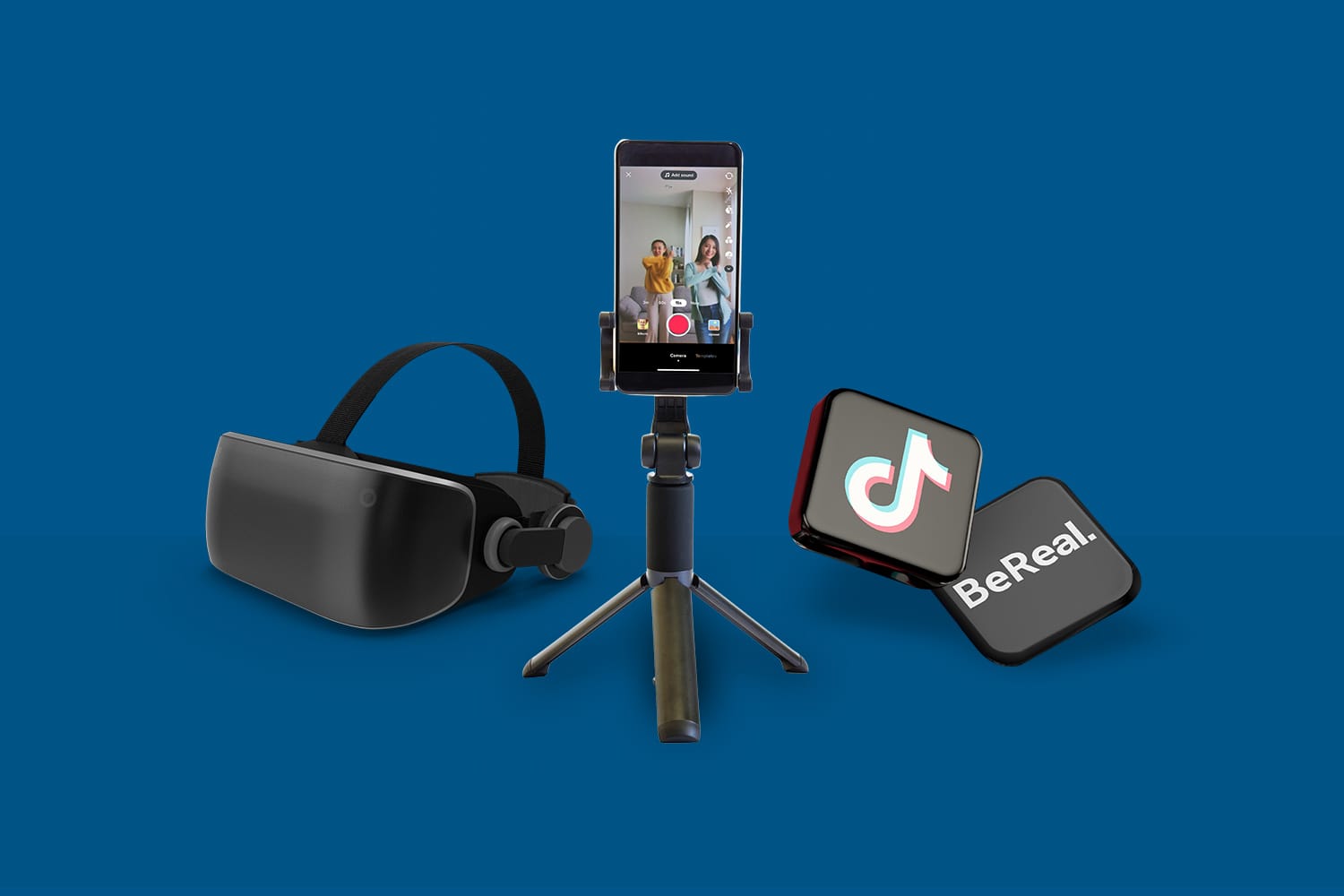The latest version of GA4 is scheduled to take over Universal Analytics on July 1st, 2023. In this post, we highlight some of the key differences between UA and GA4, how to prepare for GA4, and how B2B companies can leverage GA4 changes.
Key Differences Between GA4 and Universal Analytics
Google’s GA4 is a recent version of Google’s analytics platform intended to support the future of analytics reporting. The key difference is that GA4 is set to run seamlessly across various platforms and does not depend on cookies.
It gathers both website and app data and uses event-based data instead of session-based data. This offers a more inclusive and user-oriented approach to scrutinizing website performance, thus enhancing the customer experience.
It employs an event-based data model to measure website traffic and user engagement. Moreover, GA4 comes with privacy controls, advanced reporting features, and the capability to measure cross-device performance at the property level.
How to Prepare for GA4
It is highly advisable to create parallel GA4 properties alongside UA properties in order to compare data. The sooner the better. More details here: “Make the switch to Google Analytics 4”. A few tips to prepare for Google Analytics 4:
- Begin building historical data on GA4 well before the deadline.
- Creating GA4 properties now will allow getting ahead of any potential issues in setting up events and conversion tracking.
- Understand how paid media tracking will get impacted by GA4.
How B2B Companies Can Leverage GA4
GA4 is here to change and improve the way B2B marketers measure and track performance. Here are some ways B2B companies can leverage GA4 for increased efficiency.
1. Identify Customers With Highest Lifetime Value
With advanced machine learning and predictive capabilities, GA4 provides marketers with real-time insights into user behaviors and conversions. GA4 also offers an easy way to create lookalike audiences based on high-value customers, enabling marketers to expand their reach to similar potential customers.
These features will allow businesses to streamline their data analysis and decision-making processes without the need for complex analytics models, saving time and resources.
2. Better Understanding of Complete Customer Journey
B2B Companies will be able to better understand the complete customer journey with GA4’s event-based measurement model. This model provides a holistic view of the customer lifecycle that is not limited by individual sessions or platforms.
GA4 will help easily track data across various applications and devices, providing a comprehensive and accurate understanding of how customers are interacting with your brand.
3. Data-Driven Attribution for Improved ROI:
Data-Driven Attribution is a model for distributing credit for conversions that relies on data for each conversion event. It calculates the actual contribution of each click interaction using data from your account.
This feature will help improve the return on investment (ROI) of brand’s marketing campaigns by analyzing the customer journey from the first touchpoint to the final conversion. It can also provide a more accurate and detailed picture of how different marketing activities contribute to conversions.
It can help identify which marketing channels and campaigns are most effective in driving conversions and allocate your budget accordingly. Allowing to optimize marketing efforts and achieve better results with less investment.
4. Cross-Channel Insight Integration
GA4 provides enhanced integration with diverse Google offerings such as Google Ads, Search Console, Merchant Center, Display and Video 360, BigQuery, and Search Ads 360. This integration enables you to blend web and app data, extract valuable insights, and utilize them to refine marketing campaigns.
By blending web and app data, GA4 allows valuable insights into customers’ behavior, interests, preferences, and needs. These insights can help identify trends and patterns in customers’ behavior, such as how they interact with websites, which products or services they are interested in, and where they are located. This data can then be used to refine marketing campaigns and optimize online presence.
Looking Ahead of GA4
Google Analytics 4 is a powerful analytics tool that provides businesses with valuable insights about their customers. However, more than insights are needed to drive engagement and conversions. An integrated marketing strategy that incorporates these insights into various marketing channels is crucial for businesses to achieve their marketing goals.
To put these insights into action and optimize marketing ROI, B2B companies need to employ a digital marketing solution that can help them apply data-driven learnings across multiple touchpoints including programmatic advertising, social media marketing, website design, and email marketing.











